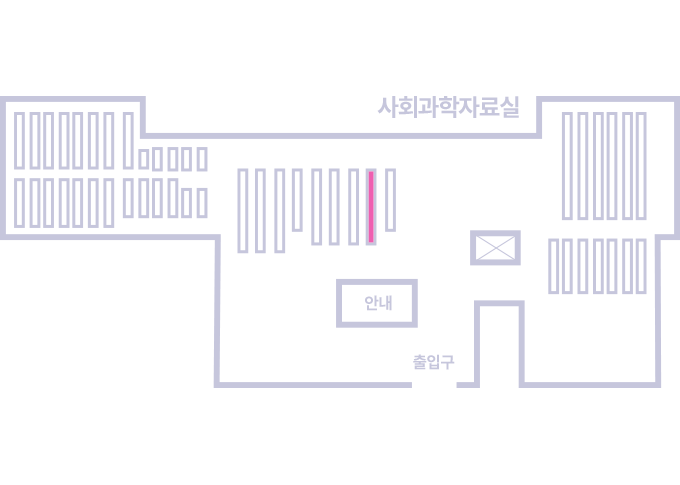권호기사보기
| 기사명 | 저자명 | 페이지 | 원문 | 기사목차 |
|---|
| 대표형(전거형, Authority) | 생물정보 | 이형(異形, Variant) | 소속 | 직위 | 직업 | 활동분야 | 주기 | 서지 | |
|---|---|---|---|---|---|---|---|---|---|
| 연구/단체명을 입력해주세요. | |||||||||
|
|
|
|
|
|
* 주제를 선택하시면 검색 상세로 이동합니다.
| 기사명 | 저자명 | 페이지 | 원문 | 목차 |
|---|---|---|---|---|
| А. 체홉의 희곡 『바냐 아저씨』 연구 : 사건과 희곡의 구조 | 백용식 | p. 7-33 |
|
|
| 도스토옙스키와 이콘 : Dostoevsky and the Icon : problem of seeing in Notes from a Dead House / 『죽음의 집의 기록』에 나타난 바라봄의 문제를 중심으로 | 석영중 | p. 35-62 |
|
|
| 기억의 문학적 재구성 : 톨스토이의 서유럽 여행 | 윤새라 | p. 63-86 |
|
|
| 안드레이 벨리의 '연작' 개념 : 연작 「러시아」를 중심으로 | 이종현 | p. 87-110 |
|
|
| 박미하일 작품에 나타난 인물 형상화 양상 연구 | 전성희 | p. 111-147 |
|
|
| 설득의 심리학 : 「서적상과 시인의 대화」 | 정지윤 | p. 149-167 |
|
|
| 러시아어 요청 화행 연구 : 언표 내적 투명성과 공손성의 관점에서 | 김나영 | p. 169-188 |
|
|
| 러시아어 абы 구문의 인지언어학적 연구 | 안혁 | p. 189-212 |
|
|
| 러시아어 동사 дать의 구문 의미 기술에 관하여 | 이수현 | p. 213-235 |
|
|
| 17세기 러시아 이콘과 세속화의 문제 : 자연주의(живоподобие)와 개인(личность)의 문제를 중심으로 | 최진희 | p. 237-266 |
|
|
| 우크라이나 (탈)올리가르히법의 이슈와 전망 | 정영주 | p. 267-300 |
|
*표시는 필수 입력사항입니다.
| 전화번호 |
|---|
| 기사명 | 저자명 | 페이지 | 원문 | 기사목차 |
|---|
| 번호 | 발행일자 | 권호명 | 제본정보 | 자료실 | 원문 | 신청 페이지 |
|---|
도서위치안내: 정기간행물실(524호) / 서가번호: 국내04
2021년 이전 정기간행물은 온라인 신청(원문 구축 자료는 원문 이용)

우편복사 목록담기를 완료하였습니다.
*표시는 필수 입력사항입니다.
저장 되었습니다.